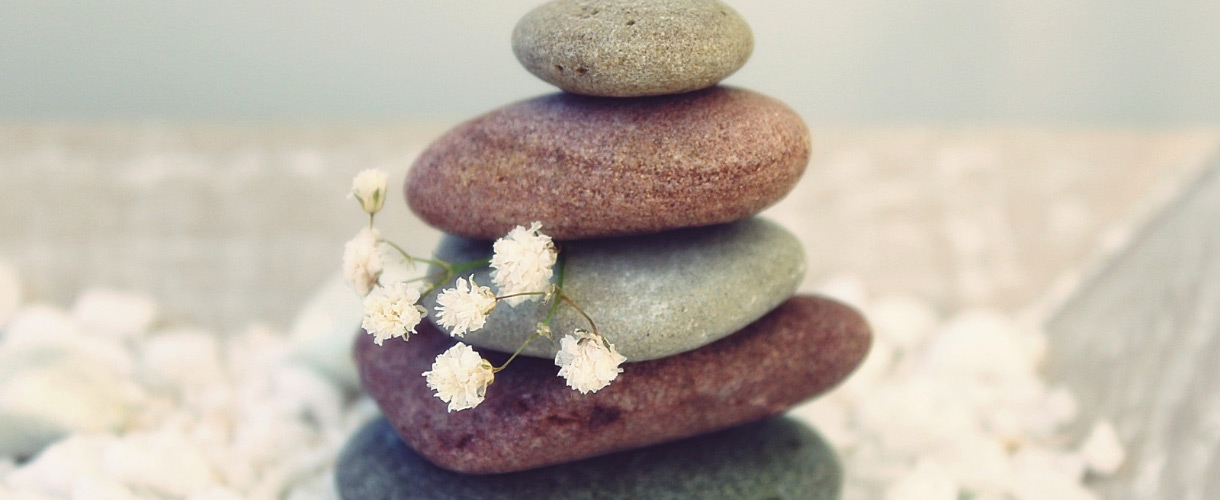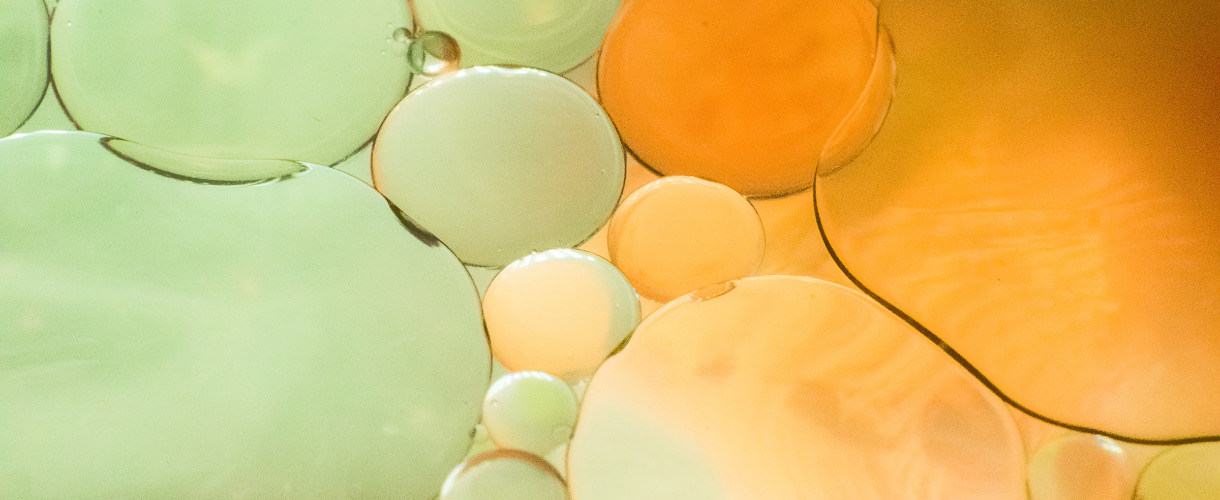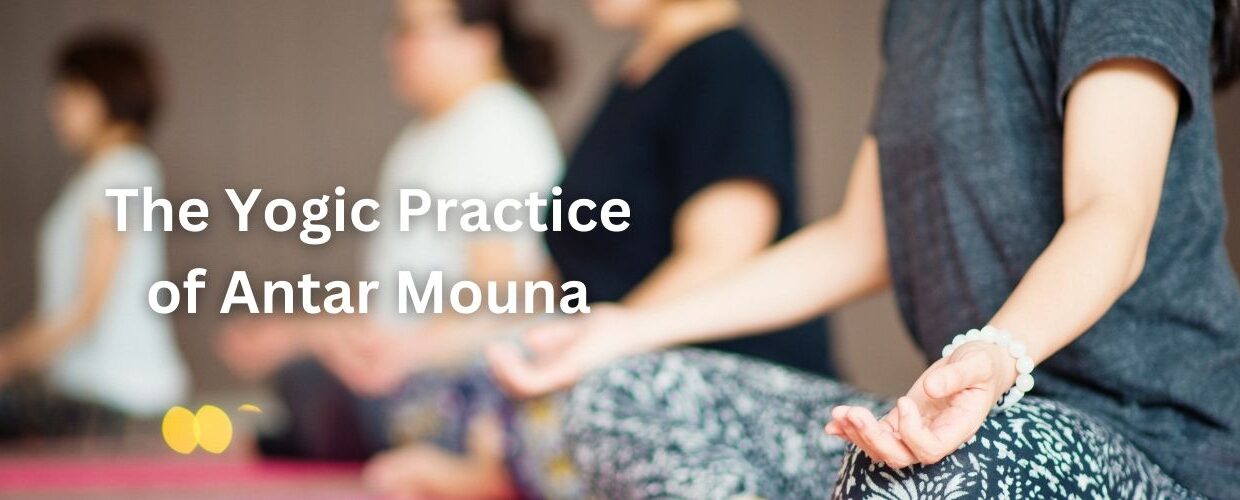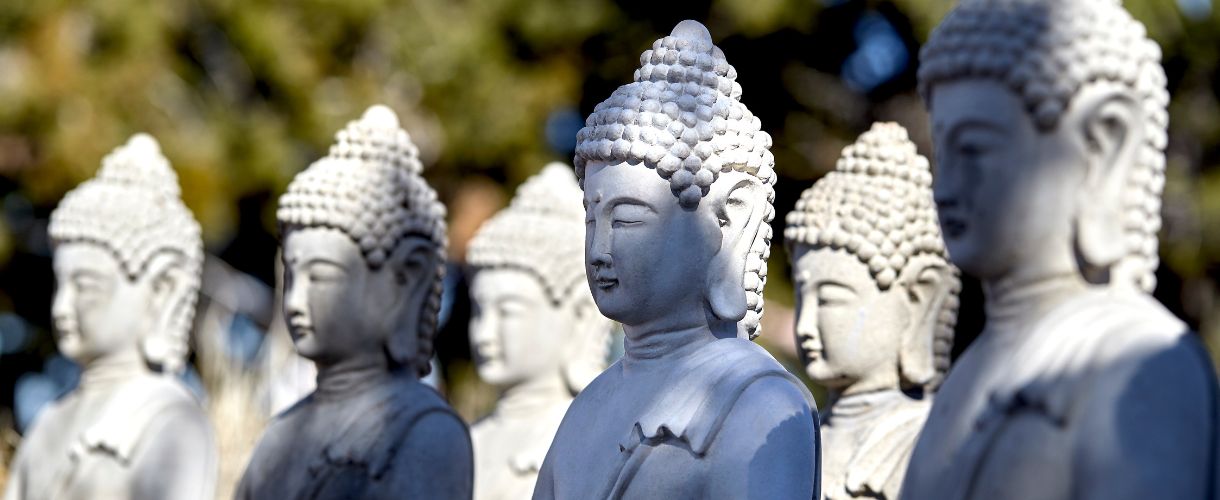
The Art and Science of Meditation – Part 2
November 13, 2017
The Art and Science of Meditation – Part 4
November 14, 2017The Art and Science of Meditation, Part 3
THE HEALING PATH:
Meditation Awareness and the Art of Healing: Heal yourself, heal the world
When you are inspired by some great purpose, some extraordinary project, all your thoughts break their bounds. Your mind transcends limitations, your consciousness expands in every direction and you find yourself in a new, great and wonderful world. – Patanjali
MEDITATION, YOGA AND BREATHING and integrative health care in the community starts with these practices being the mind/body medicine for physicians and other health care professionals. Mindfulness Meditation will turn you from skeptic into a practicing professional, and all will benefit. Problems will dissolve and a whole new direction will evolve.
In philosophical terms, the neurotic mind is the impure or afflicted mind. The neurotic mind is not just caused by self-attachment, it is also propelled by the movement of wind energy. The relationship between the wind and the conceptual mind are always intertwined. They move together, in a singular motion. A metaphor that is helpful to understand how the mind and the wind work together compares the mind and the breath to a rider and its mount. In this metaphor, the wind energy is the mount and the mind is the rider. This metaphor illustrates how the wind energy carries the mind and thus influences and shapes the mind’s energy. The wind energy is the root of all of our experience, since it provides energy for the mind’s movement. So, wind energy training is a powerful tool for purifying, calming, taming, and relaxing the wind energy to impact the expression of neurotic mind. This training arises from yoga of breath with breathing practices that heal the body and cultivate wisdom.
Mindfulness in this context becomes even more important as teacher. This powerful interdependence has the power to shape not only our own lives, but our collective species into creatures ripe for a productive paradigm shift into tolerance, curiosity and appreciation.
Mindfulness is cultivated focus within the matrix of awareness. It is the act of staying present with the actions of the brain and mind, itself and has a directionality about it that trains the brain. The brain is integral to this process, obviously, and also quite moulded by the mind as the current discoveries of ‘plasticity’ demonstrate. The mind can be employed to intentionally ‘pendulate’ between a positive memory and a negative one, and then eventually holding them both to diminish the intensity of trauma, for example. The intentionality of mind to hold a positive emotion or event for a full 30 seconds offsets the brain’s ‘negativity bias’ – which is still a part of the survival mode of the species.
In response to the increasing pace and complexity of medical practice, physicians and other health professionals are experiencing unprecedented levels of job dissatisfaction and burnout, which affects their sense of well-being, their family life, the health of their children and partners, and the quality of care they provide. A powerful but under-recognised approach to these challenges is to enhance the physicians capacity for mindfulness. Mindfulness in medicine refers to the ability to be aware, in the present moment, on purpose, with the intention of providing better care to patients, and of taking better care of oneself. Mindfulness is at the core of clinical competence.Research suggests that courses in mindful practice and mindful communication can result in lower burnout and greater well-being, family empathy and patient-centered care. In addition, mindful practice may result in fewer errors, a greater sense of presence, the ability to see a situation from multiple perspectives before reacting , and greater satisfaction from work. A Harvard study, part of ongoing neuroscience research, showed that changes in brain structure may underlie the cognitive benefits of meditation. This study focused on mindfulness practice, although many different forms of meditation exist. Similar findings have been replicated. Here is the link to the Massachusetts General Hospital-led study which shows changes over time in areas associated with awareness, empathy, stress.
THE SYLLABUS
- The human element in healing
- The nature of health
- The hidden fear of health
- The struggle with the body
- The direct cause of illness
- Sickness as a path
- Awakening the heart – the psychology of compassion
- Touching the Heart of Healing
- Understanding the loss of self
- Begin with the body, heal with the mind
- Movement and health
- Breath, the movement of spirit
- Recovery: One breath at a time – Pranayama and mindfulness practice
- The power of unconditioned presence
- Discovering humour in healing
- The ability to maintain compassionate support for oneself and others
- Keeping an open and clear mind in tough situations
- End the vicious cycle of ‘care-giver’ stress
- The inexhaustible healer: Rejuvenate your body, mind and spirit.
PRE-REQUISITES
- 2 years of regular meditation practice.
- Completion of The Art and Science of Meditation Part 2: THE DEEPENING PATH Meditation Facilitator’s Course, Archarya.
- Basic computer literacy
- An email address
READING & STUDY MATERIAL
- Bhagavad Gita
- Breathe for Health by Shanti Gowans
- Sitting beyond Thinking by Shanti Gowans
- The Long Search for Meaning by Shanti Gowans
- The Yoga Sutras by Shanti Gowans
PRACTICE MATERIAL, on CD
- Origins, Yearnings Destiny by Shanti Gowans
- Vipassana – guided practice by Shanti Gowans
- Who am I? by Shanti Gowans
ACTIVITY DESCRIPTION
This program holistically addresses the external barriers in the current health care environment that makes mindful practice challenging, as well as participants’ and learners own internal barriers to self-awarensss such as unexamined emotions, premature closure, over-concreteness and emotional exhaustion – which then manifest as feeling overwhelmed by suffering, ignoring the obvious, treating others like objects, withdrawing from unpleasant or anxiety-provoking situations, having difficulty tolerating ambiguity and uncertainty, and making hasty decisions.
OUTCOMES
Meditative Awareness and The Art of Healing will prepare course participants to develop situational awareness, interpersonal awareness, self-awareness and self-monitoring during everyday work. Holistically integrating contemporary medical and psychological knowledge with the Eastern science of mind as a method for clarifying and deepening the practitioner’s listening and diagnostic acumen and applying the basic forces of healing to health and ordinary life issues. This tends to foster the capacity for healing and brings renewal to the relationship between healer and patient.
The program is cyclic. Participants can start the program anywhere during the designated program dates, and must continue in sequential order for best regularity of practice robustness, deepening and intensity.





